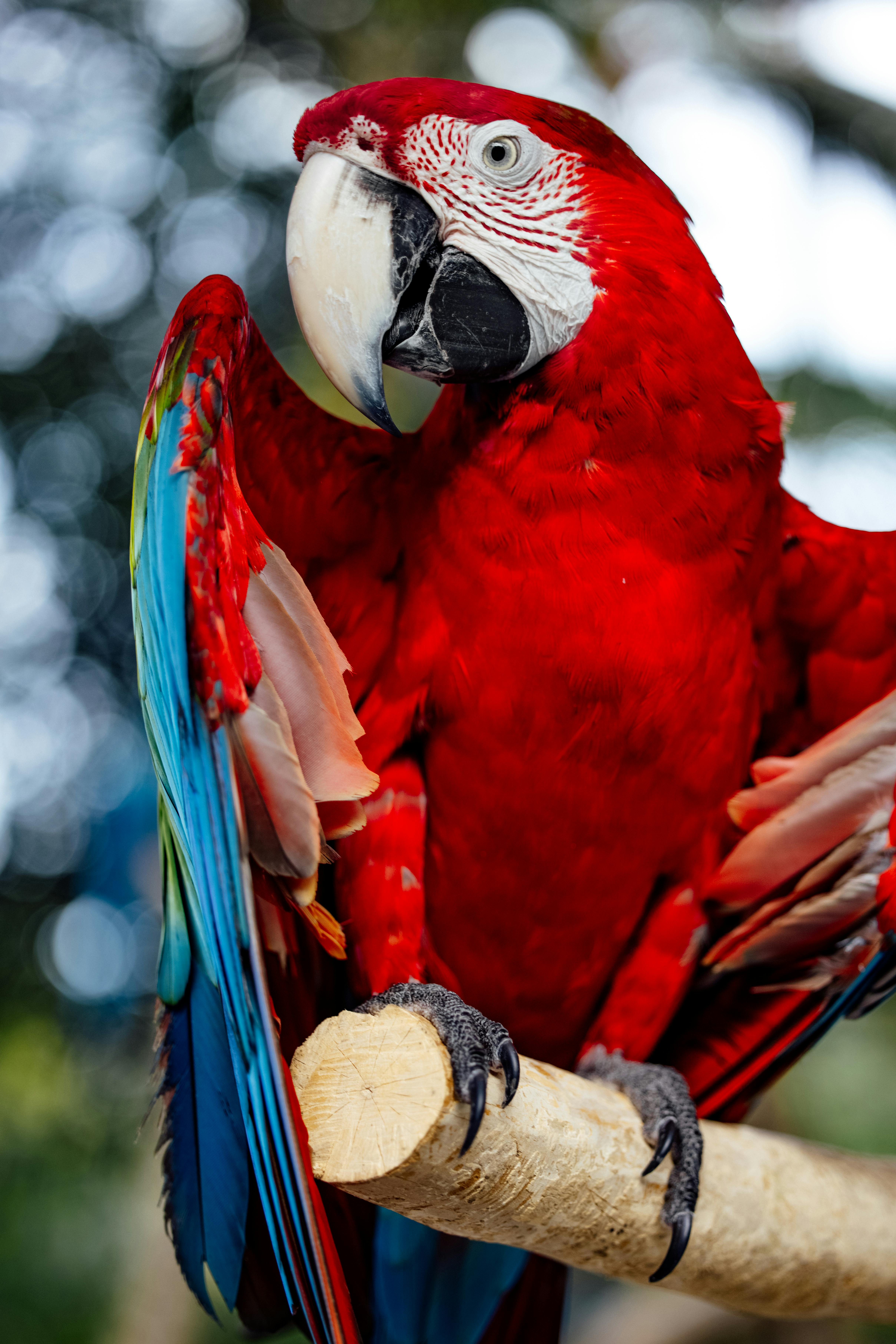Apply Now
Best 7 Practical Solutions for Orange Puffer Fish Care in 2025
Understanding Your Orange Puffer Fish Needs
The orange puffer fish, known for its distinctive spiky appearance and vibrant coloration, requires specific care to thrive in a home aquarium. These exotic fish are often sought after by enthusiasts for their unique behavior and personality. When embarking on the journey of caring for orange puffer fish, it's important to understand their specific habitat requirements and dietary needs to promote optimal health and longevity. As with all aquatic pets, success hinges on creating a balanced ecosystem that mimics their natural environment. From water quality to tank mates, let’s explore how to set up an ideal environment for your orange puffer fish.
With knowledge of the orange puffer fish's basic requirements established, the next step is creating a suitable habitat that caters to their complex needs.
Setting Up the Perfect Fish Tank
To accommodate your orange puffer fish, an ideal fish tank setup is crucial. These fish thrive in tanks that can hold at least 15 to 30 gallons of water, allowing ample space for swimming. The tank should be equipped with good filtration systems to keep water clean and maintain optimal water conditions.
One of the key factors in puffer fish habitat is water quality; the water pH should ideally range between 7.0 to 8.0, and a temperature of 75 to 80 degrees Fahrenheit is favorable. Regular testing with a **fish health chart** can help monitor these parameters, ensuring a safe environment. Additionally, consider including **aquatic plants** which not only beautify the aquarium but also provide shelter. Incorporating tank decorations such as rocks and driftwood helps simulate natural habitats, promoting the mental well-being of the fish.
By establishing a well-structured tank, you pave the way for understanding the importance of feeding and nutrition in your orange puffer fish care journey.
Optimizing Puffer Fish Nutrition
Dietary needs play a crucial role in the overall health of orange puffer fish. These carnivorous fish require a varied diet rich in protein to develop their vibrant colors and ensure longevity. Commercial fish food specifically formulated for puffer fish can be beneficial; however, supplementing their diet with live or frozen food such as shrimp, snails, and other protein-rich options will significantly enhance their health and vitality.
Establishing a consistent **feeding schedule** is essential. Feed your puffer fish small amounts two to three times a day, adjusting portions to prevent overfeeding. Overeating can lead to health issues, including obesity and digestive problems. Be sure also to monitor any signs of **puffer fish diseases**, adapting the diet as needed.
As we develop an understanding of their feeding habits, we should also delve into the importance of natural behavior and compatibility with other fish species.
Understanding Puffer Fish Behavior
Puffer fish exhibit intricate behaviors, which stem from their natural habit of curiosity and exploration. They are known to be territorial creatures; thus, it's essential to choose appropriate **tank mates for puffer fish**. When selecting companions, opt for larger fish species that can withstand the playful nudges and territorial displays from the puffer.
Observing your orange puffer fish can be rewarding. These fish display various social interactions, including establishing their territory and even engaging in playful behavior. It's important to keep in mind that they may stress easily, so minimizing disturbances in their environment is advisable.
By fostering a suitable tank atmosphere, we can transition into effective ways to maintain **water quality**, ensuring that the fish remains in peak condition throughout their lifespan.
Maintaining Optimum Water Quality
Water quality maintenance is paramount when caring for orange puffer fish. Regular water changes—about 10-15% weekly—help keep nitrates and ammonia levels down, crucial for preventing fish diseases. Utilizing high-quality filtration systems is also recommended to keep the aquarium clean and stable.
For newly established aquariums, the **aquarium cycling process** is essential. This process promotes the growth of beneficial bacteria that help convert fish waste into less harmful substances. Monitoring water hardness levels and adjusting accordingly guarantees that your orange puffer fish remain healthy and vibrant.
Incorporating aquatic plants can further enhance water quality by absorbing nutrients and providing oxygen. Frequent testing should be carried out to ensure water chemistry aligns with the needs of puffer fish, preventing potential health issues.
As we understand the significance of a well-kept environment, we can transition into the complexities of **fish breeding** and what it entails for captive puffer fish.
Exploring Puffer Fish Breeding
Breeding orange puffer fish in a home aquarium poses unique challenges due to their specific requirements. It's crucial to create a peaceful environment free from stressors that could disrupt the breeding process. Breeding pairs should be carefully selected, often requiring a separate breeding tank to prevent aggressive behavior.
Identifying mating rituals in puffer fish involves observing their courtship displays, which can vary between species. After laying eggs, the parent fish may exhibit protective behavior, which can impact the overall dynamics of the **aquatic ecosystem**. Understanding the **puffer fish lifecycle** from egg to juvenile can aid in managing breeding attempts successfully.
Moreover, it's essential to provide proper care for the fry (young fish) once they hatch, ensuring their survival and development into vibrant adult fish.
Finally, as we delve into the intricacies of puffer fish care, we should consider practical tips and strategies for disease prevention.
Preventing Common Puffer Fish Diseases
Prevention is key when it comes to maintaining the health of your orange puffer fish. Regularly observe your fish for any signs of illness, such as changes in behavior or physical appearance. Being proactive can prevent common **pet fish health issues** like ich or fin rot.
Quarantining new fish before introducing them to your main aquarium is also advisable to minimize the risk of introducing diseases. Moreover, maintaining a proper stress-free environment is crucial, as stress can compromise immune systems and trigger health complications.
Providing a varied diet rich in nutrients, along with optimal water conditions, plays a vital role in boosting their overall health and resilience to diseases. It’s crucial to build a comprehensive knowledge of **puffer fish types** and their specific needs, ensuring that you can effectively respond to any health concerns.
By implementing these best practices, you will not only enhance the beauty of your **aquatic pets** but also foster a thriving marine life environment.




